Monty Don's foxglove growing tips, his favorite bloom – and what not to do
Find out how to grow foxgloves – Monty's favourite biennial
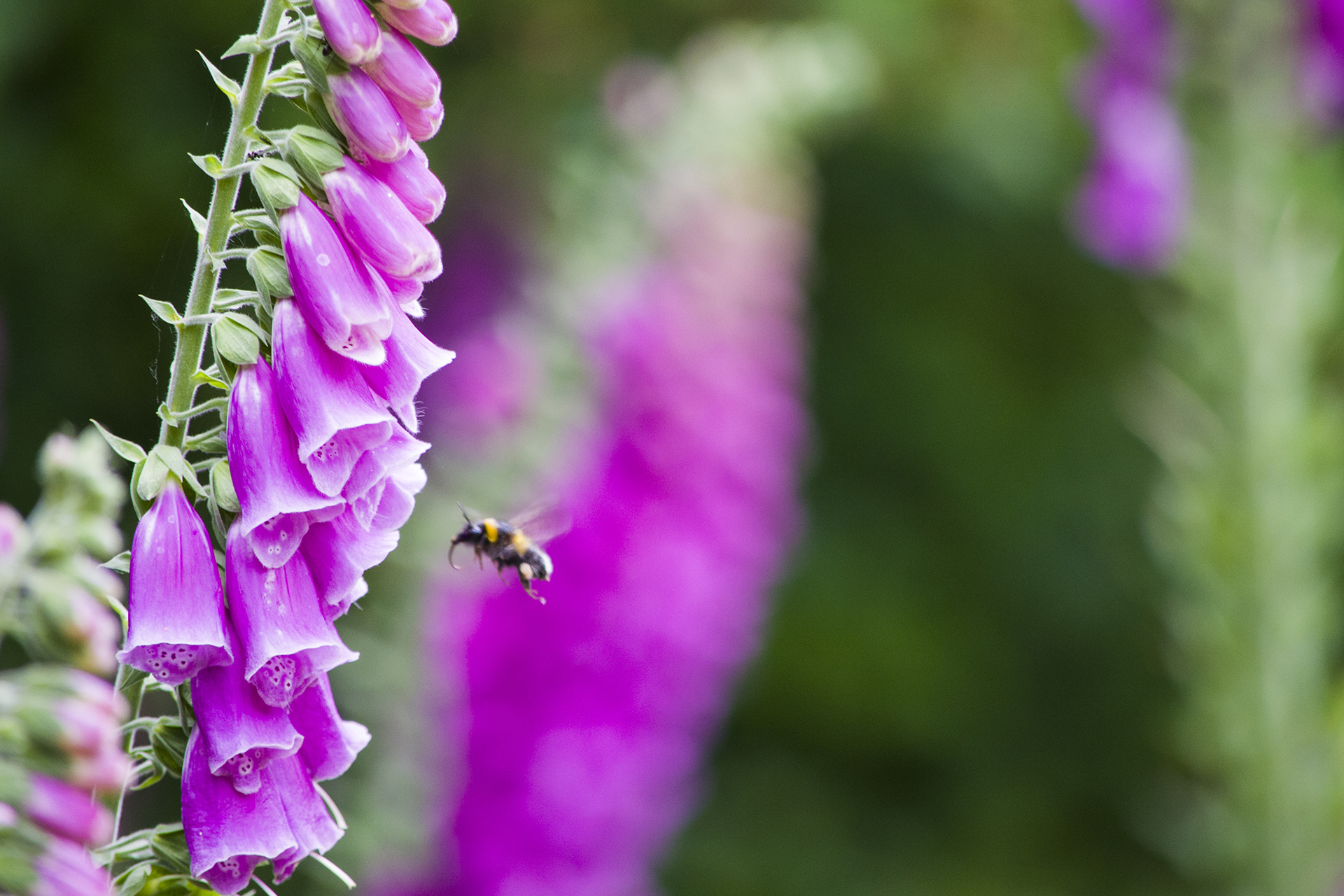

Foxgloves are a staple of the cottage garden, great for adding height and interest as well as being a beloved food source for pollinators, especially bees. Thankfully, this garden favorite is fool-proof and a great choice for beginners, too.
'Foxgloves are really easy to grow from seed' encourages Monty Don in a recent Gardener's World video, but don't expect flowers in the first year.
Since foxgloves are biennial, the plants will root and produce foliage in their first year, then remaining dormant throughout winter before erupting into beautiful blooms the following year.
If you want instant impact you can buy established plants or specific hybrid plants which will flower this year. These plants can be treated as annuals but will obviously be more expensive than buying seeds and growing them yourself.
A word of warning though, foxgloves are poisonous, so are not good if you have pets that are likely to eat plants.
Monty Don's favorite foxglove
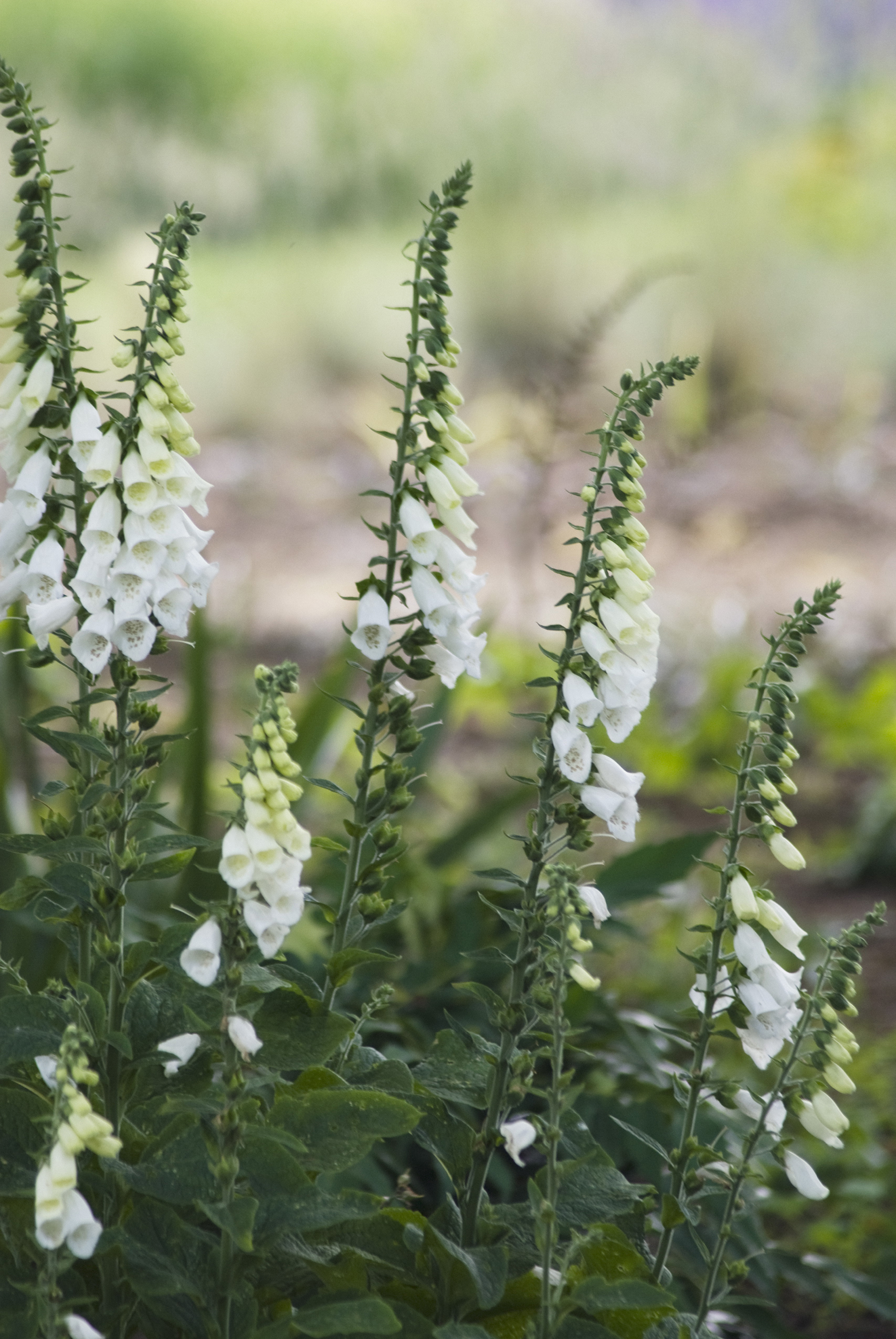
In his new book, The Complete Gardener, Monty Don reveals that his own favourite foxglove is the white foxglove (Digitalis purpurea f. albiflora), because it will 'gracefully grow in almost complete shade, and dry shade, which is rare.'
Growing foxgloves – with Monty Don's top tips
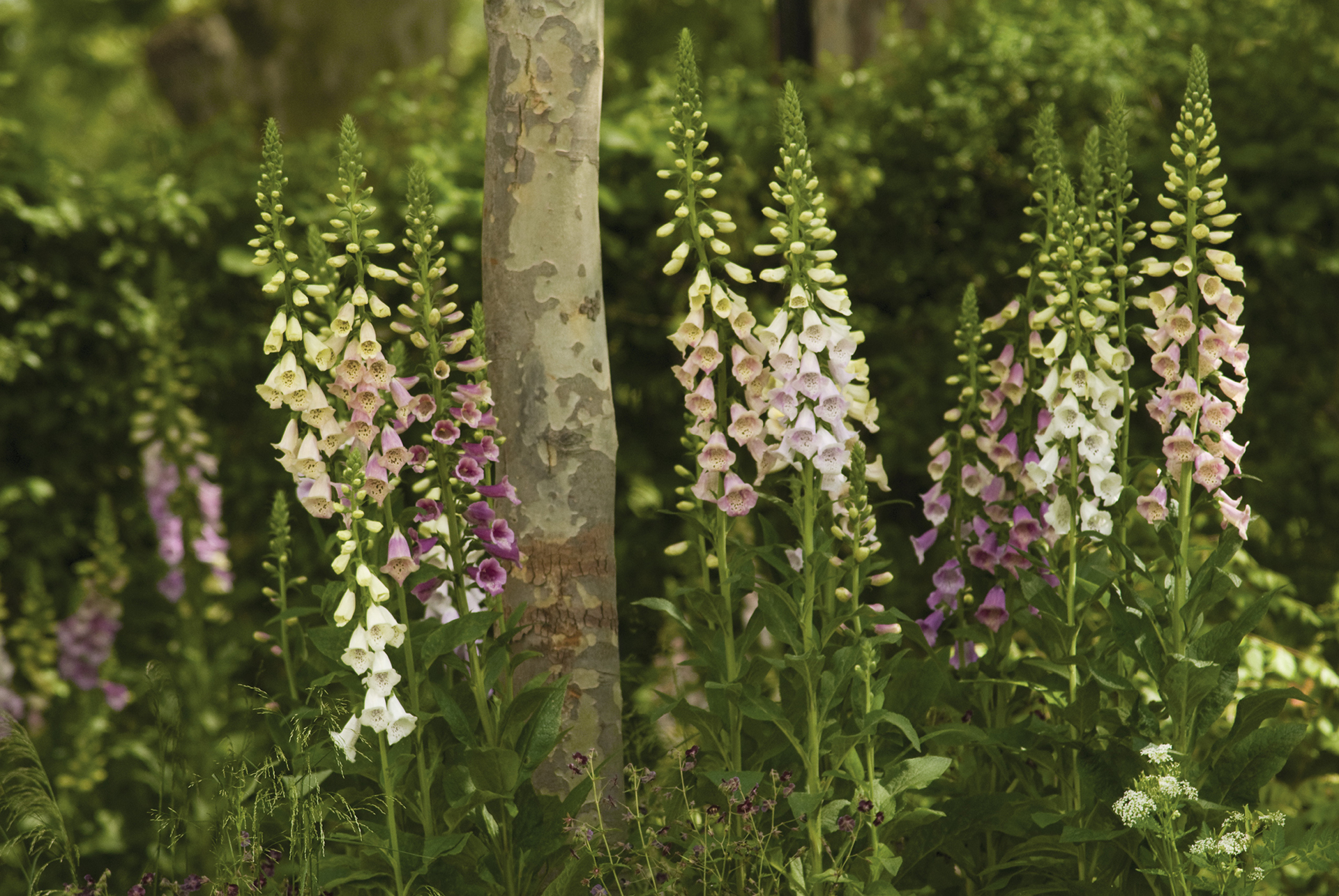
'The great advantage of biennials in our borders over annuals is that they are hardy enough to withstand a cold winter and quickly produce flowers in spring without having to wait for the plant to grow first,' says Monty Don in his blog.
Sign up to the Homes & Gardens newsletter
Design expertise in your inbox – from inspiring decorating ideas and beautiful celebrity homes to practical gardening advice and shopping round-ups.
'Sow the seeds thinly in a seed tray, cover them with vermiculite and put to one side to germinate. They do not need heat but a sheltered spot or porch will help.
'When the seedlings are large enough to handle prick them out into pots or plugs and grow them on so the young plants are ready to plant out in early autumn where you want them to flower in the spring.'
Beyond that they require very little care, and will flower and then seed independently making them a very low-maintenance option that still packs a punch in the border.
Due to their height, foxgloves work really well at the back of borders. 'We use them in the Shrub Rose Garden where they come into flower before the main flush of rose blooms, filling that gap between spring and midsummer' says Helen Round, the garden manager at RHS Rosemoor. In the Cottage Garden, we combine them with sweet rocket and sweet Williams.'
Do foxgloves come back every year?
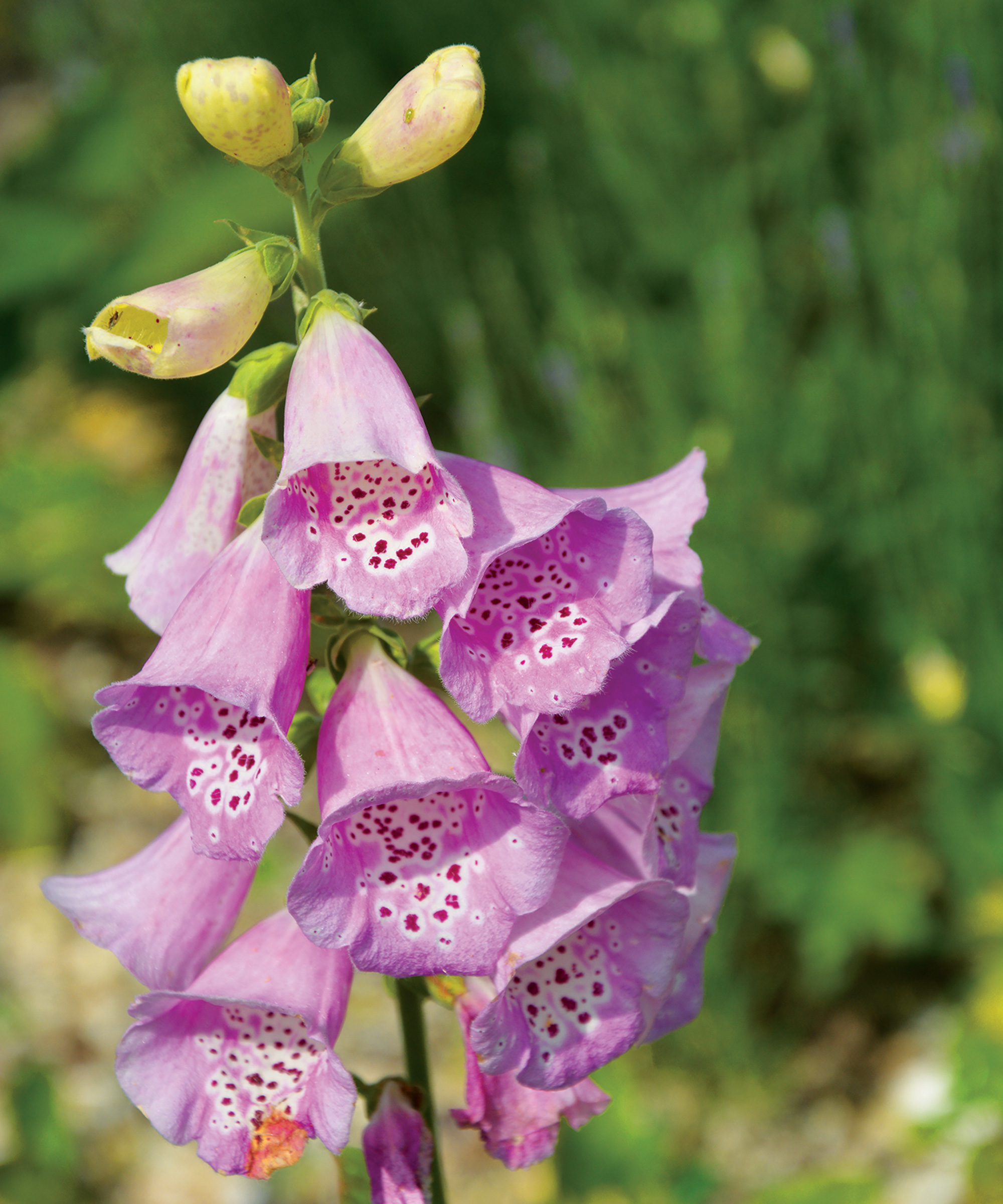
Foxgloves can come back every year if you pick a perennial variety. Perennial foxgloves flower every year for the next three to five years. Species like Apricot Beauty, Regal Red and Snow Thimble are good choices.
However, the majority of foxgloves are biennial, especially if grown from seed. This means they flower on the second year after being planted, then die back.
Foxgloves are self-seeding, meaning that with time you can have a continuous border of flowers every year for minimal effort. To achieve this, sow seeds in two consecutive years, so that you never have a gap in blooms.
Where is the best place to plant foxgloves?
The best place to plant your foxgloves is in full sun or part shade and free-draining soil. 'Foxgloves are really good at growing in lots of odd little corners and spaces in the garden,' says Monty Don in a Gardener's World video.
With flower spikes growing up to 30cm in length and plants growing more than 1m tall, it's also important to consider the vertical height available for the plant so avoid using it to underplant shrubs or smaller trees.
Do foxgloves like sun or shade?
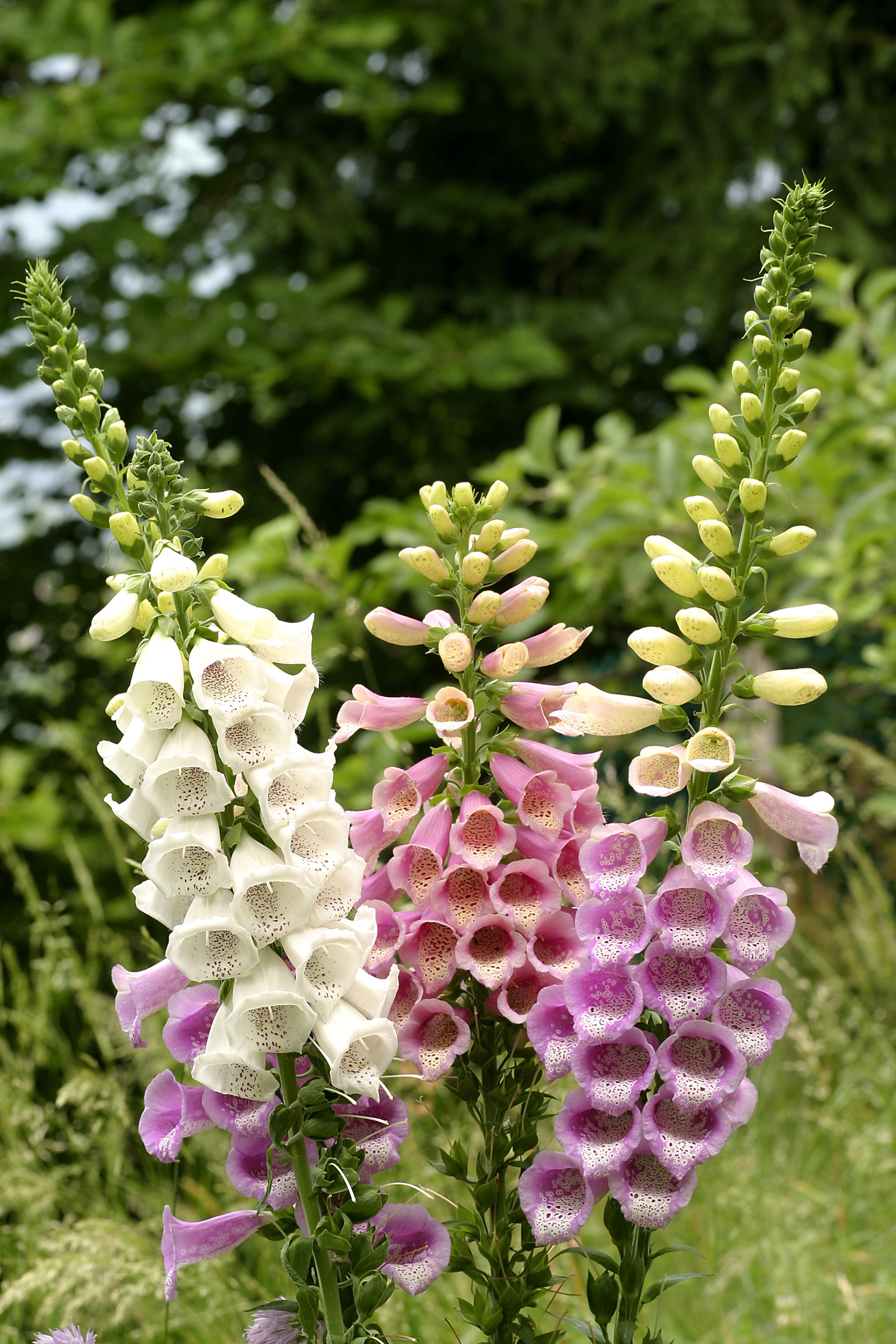
Foxgloves prefer partial shade, but will also thrive in full sun. They are a woodland plant and so like woodland conditions.
Do foxgloves spread?

Foxgloves do spread as they are self-seeding which means you are likely to have foxgloves popping up in various other borders too. In The Complete Gardener Monty Don affectionally refers to them as 'welcome weeds'.
So how does Monty deal with rogue foxgloves? 'We collect the seedlings and move them to select spots around the garden. This must be done in autumn or late winter at the latest,' he continues.
Can you use foxgloves as a cut flower?
'Foxgloves look stunning in a vase but remember that each plant produces just one flower spike,' says Helen Round, the garden manager at RHS Rosemoor. 'So once it's cut, the plant will not produce any more, or if it does, they will be much smaller.'

Having graduated with a first class degree in English Literature, Holly started her career as a features writer and sub-editor at Period Living magazine, Homes & Gardens' sister title. Working on Period Living brought with it insight into the complexities of owning and caring for period homes, from interior decorating through to choosing the right windows and the challenges of extending. This has led to a passion for traditional interiors, particularly the country-look. Writing for the Homes & Gardens website as a content editor, alongside regular features for Period Living and Country Homes & Interiors magazines, has enabled her to broaden her writing to incorporate her interests in gardening, wildlife and nature.
-
 These are the 6 must-have colors to decorate with in April 2025
These are the 6 must-have colors to decorate with in April 2025What do retro-inspired yellows and beautiful blues all have in common? They're on our hot list for the season ahead
By Sophia Pouget de St Victor Published
-
 Plants never to grow next to fruit trees
Plants never to grow next to fruit treesExpert advice on which plants to keep away from fruit trees to encourage a healthy harvest
By Jacky Parker Published
-
 Water garden ideas – 9 ways to introduce soothing water to your outdoor space
Water garden ideas – 9 ways to introduce soothing water to your outdoor spaceFrom cascading fountains to wildlife ponds, there are plenty of ways to create a tranquil water garden
By Leigh Clapp Published
-
 How to grow poppies
How to grow poppiesFind out how to grow poppies to enjoy the beauty of these brightly colored tissue paper-like blooms
By Leigh Clapp Published
-
 How to grow delphiniums from seed
How to grow delphiniums from seedFind out how to grow delphiniums from seed and enjoy these colorful cottage garden favorites filling beds and borders
By Leigh Clapp Published
-
 How to grow ferns – when and how to plant and care for them
How to grow ferns – when and how to plant and care for themLearn how to grow ferns to enjoy the texture and form of these versatile plants in many areas of your garden
By Leigh Clapp Published
-
 How to grow sweet peas from seed – in borders and pots
How to grow sweet peas from seed – in borders and potsFind out how to grow sweet peas and where to enjoy their wonderful color, ruffled blooms and sweet fragrance in your garden
By Pippa Blenkinsop Published
-
 How to make fat balls for birds – easy steps feed our feathered friends
How to make fat balls for birds – easy steps feed our feathered friendsLearn how to make fat balls for birds to ensure their wellbeing throughout the winter
By Holly Reaney Published
-
 Planning a kitchen garden – from layouts to picking the best crops
Planning a kitchen garden – from layouts to picking the best cropsPlanning a kitchen garden is easy with this expert advice – whether yours is in beds, borders or a dedicated patch – you're guaranteed success
By Leigh Clapp Published
-
 How to grow cosmos – expert tips on when and where to plant these flowers
How to grow cosmos – expert tips on when and where to plant these flowersLearn how to grow cosmos to add bright color in your garden from summer through to fall with their beautiful blooms
By Leigh Clapp Published